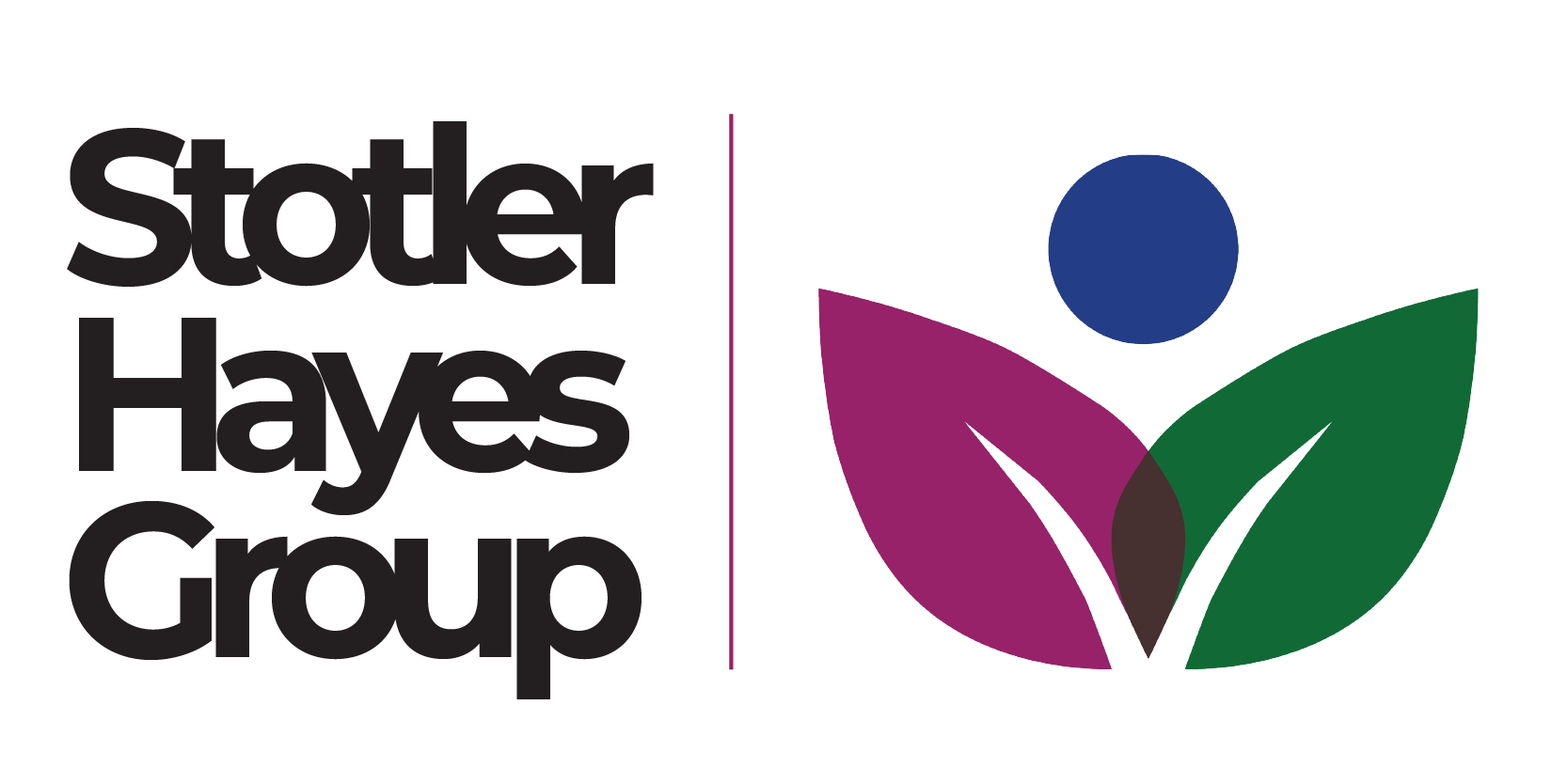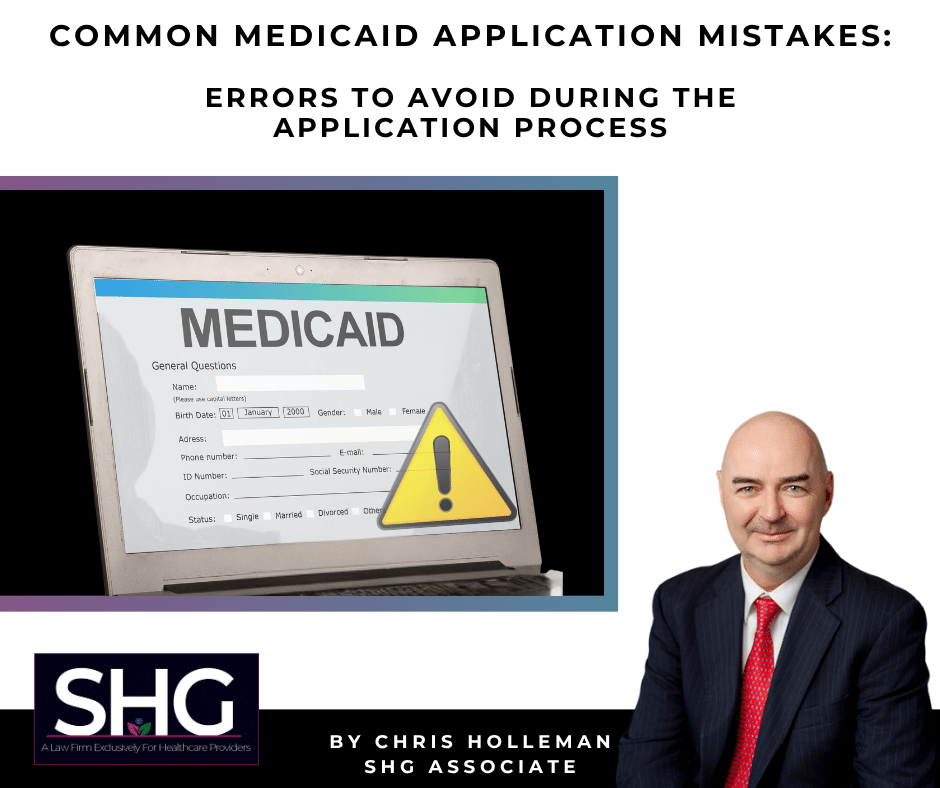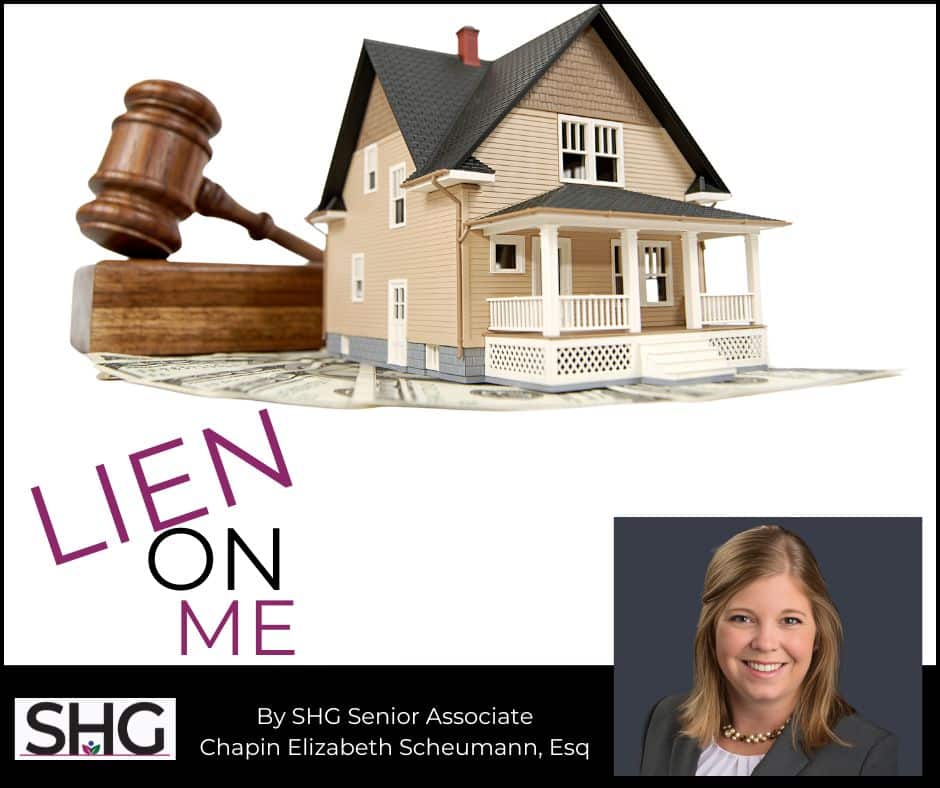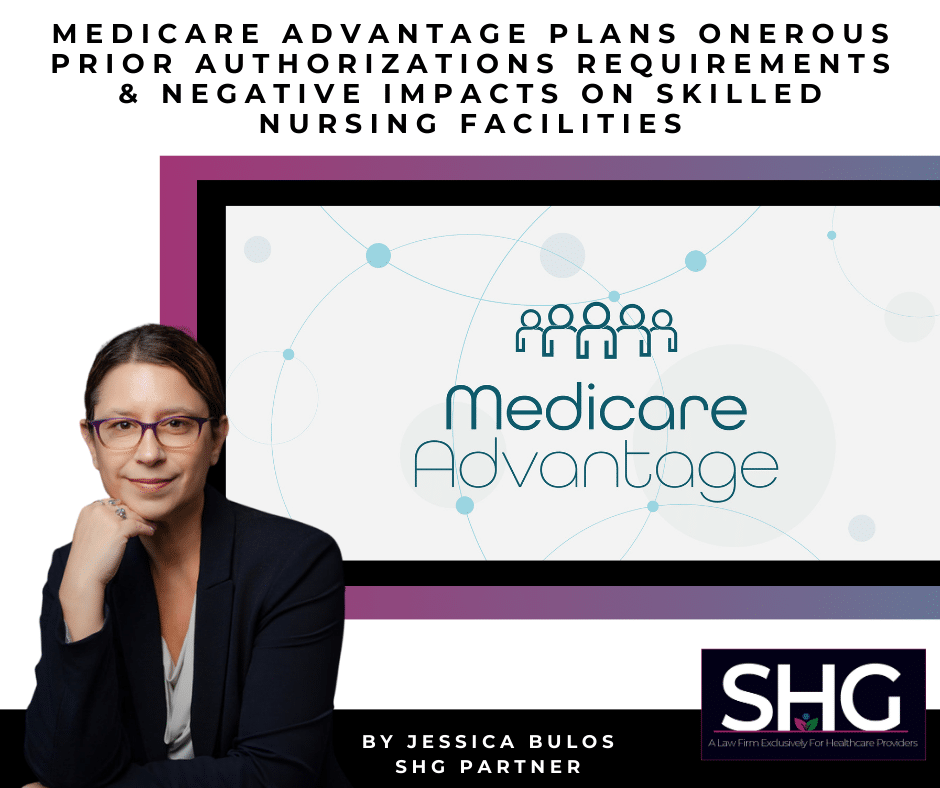The New York State Department of Health (DOH) is planning to radically change how it calculates Medicaid nursing home reimbursements. DOH’s new method will alter the way the state calculates the average Case Mix Index (CMI) of Medicaid nursing home residents in order to save the Medicaid program $246 million, half of which will come from the state’s forfeiture of the federal matching funds. However, according to a statement sent to the DOH by the Nursing Home Acuity Workgroup, the $246 million in savings will also lead to an cut in average Medicaid nursing home rates of $9.50 per day, per patient. These newest cuts will be in addition to the current Medicaid shortfall of $65 per patient per day, according to Stephen Hanse, President and CEO of New York State Health Facilities Association. The state’s nursing homes should start preparing if they are going to minimize any impact to their revenue streams.
Under their current method, DOH determines each nursing home’s reimbursements using their average CMI. Currently, DOH calculates each facility’s average CMI using a two-month “snapshot” of the resident acuity assessments that facilities are required to send to the federal government within thirteen days of a resident’s admission and every ninety two days thereafter. Known as Minimum Data Sets, DOH uses the January and July facility assessments to determine each facility’s average CMI. DOH then uses the facilities’ average CMI to adjust their reimbursement rates at two points during the following year. The issue with DOH’s planned change is that they will start using all of the Minimum Data Sets from August 8, 2018 through March 31, 2019 to determine each facility’s average CMI, instead of just the January and July data. This retroactive approach means that DOH is going to determine average CMI based on data sets that facilities never thought would be used to determine their reimbursement rates—if they had, facilities likely would have been more methodical when they completed them.
Nursing home industry groups argue that the DOH plan will reimburse nursing homes based on inaccurate data, and that the new system will drastically increase administrative burden at facilities. However, DOH has defended the revised methodology and is moving forward in the face of widespread criticism, with DOH spokesperson Jill Montag saying in a statement to Skilled Nursing News that “ . . . it is clear that the use of one arbitrary assessment does not accurately represent and/or measure the acuity of a NH’s residents when more data is available.” She also claims that the new method will “ . . . more appropriately account for the type of nursing care required by patients and reimbursement amount received by nursing homes”.
Opponents like Nancy Leveille, the executive director of the Foundation for Quality Care of the NYSHFA, have countered the DOH statements and claim that “by switching to using all assessments over a six-month period, the DOH may not be seeing all the services for which SNFs could get reimbursed, because of how time-consuming it is to pull all the other documentation into one place.” Dan Heim, executive vice president at LeadingAge New York, told Skilled Nursing News that “[i]f this type of system is utilized . . . facilities will have to be much more vigilant about completing [their resident assessments] every time an element changes on the assessment that could impact reimbursement.” Leveille added that the changes will lead to “a lot more administrative time,” which Heim suggests will only add challenges and more administrative burdens to already overburdened nursing home staffs.
The implementation date for DOH’s new method is not known, but what it is clear, is that DOH intends to move forward with their plan. And facilities should prepare for how they are going to complete their resident assessments under the new method.






